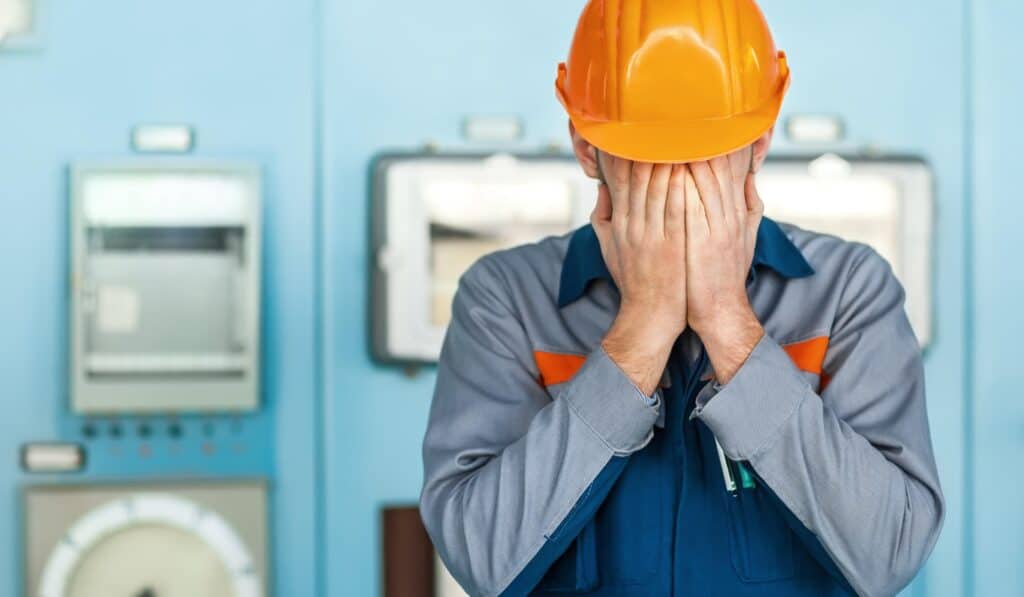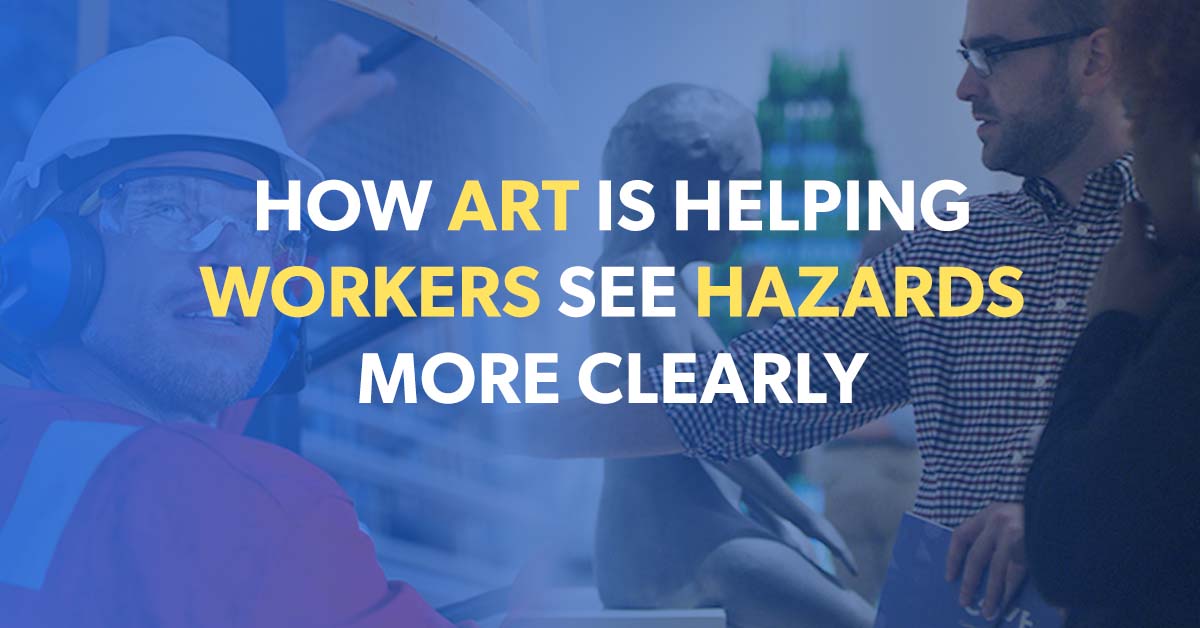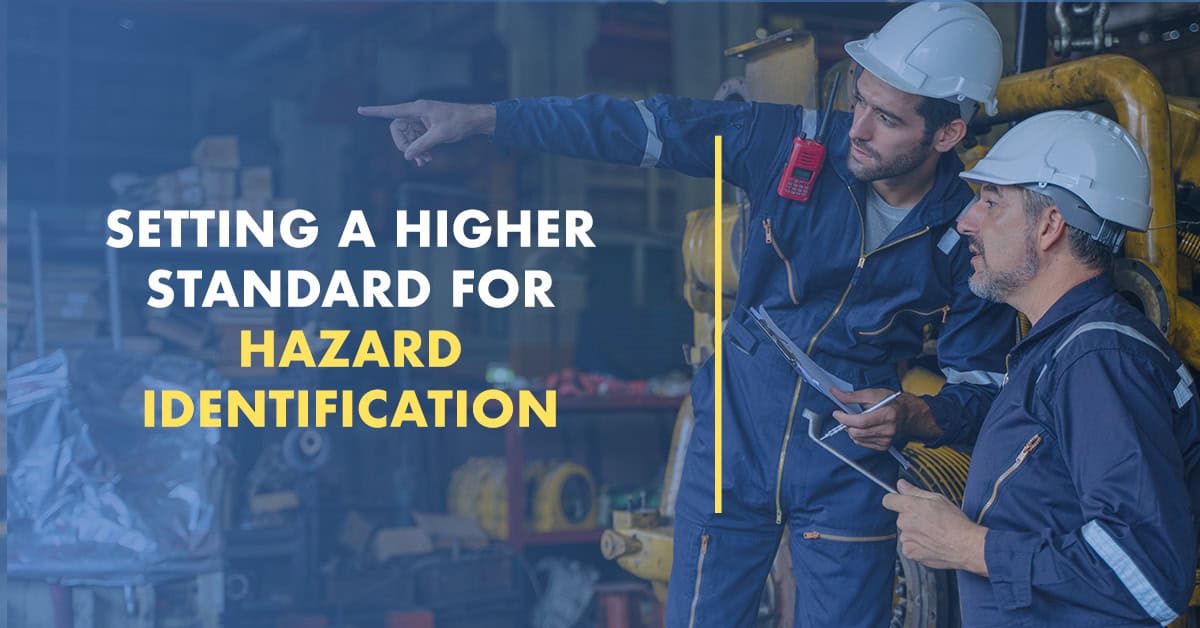The need to recognize our own blind spots as we build relationships with other people is clearly needed as we continue to evolve as a society. However, perhaps one of the biggest wake-up calls I had recently was when I realized the detrimental impact biases have in the world of safety. Most people recognize that biases exist in “the other guy” but fail to see these preconceived notions in themselves. SPOILER ALERT: We all have them, and they are putting all of us at risk.
At COVE, I have the pleasure of facilitating EHS professionals through a two-day immersive experience. These are smart, sharp, clever leaders who drive the safety culture for their respective organizations. In our Situational Awareness exercise, we have participants jot down three objective facts they remember about a particular room. As a group we review each fact and ask people to agree or disagree with each statement. Then the person who crafted the original fact defends the statement, trying to convert doubters to believers. And even though many of the people did not see the object in question, they slowly begin to agree with the statement due to the conviction of the person, the reputation of the person, or the idea that everyone else in the room “saw” it. Sound familiar? What is even more scary is about 30% of the time, the fact is wrong, yet people believe they saw it or agreed with the person who did.
How many times on the shop floor or out in the field during an incident investigation have we made decisions based more on the testimony of the person with thirty years of experience or the leader of the group then the facts? Even more so, what is the risk when we give into these biases? We all know the answer: more preventable injuries…or worse.
There are too many biases that impact the safety of our workplaces to name; however, we want to challenge all EHS professionals to begin examining their behaviors and recognize their blind spots.
Here are some of the more common biases we see:
- Anchoring Bias: People rely too heavily on the initial information gathered and become too anchored to it.
- Champion Bias: People evaluate the validity of the information based on the individual presenting it rather than the facts he/she is sharing.
- Group Think: People strive for consensus or agreement as opposed to an evaluation of the facts.
- Representative Bias: People reach a conclusion based on previous experiences as opposed to an appraisal of the current information.
The better question is, how do we manage these biases? First and foremost, simply be aware that biases exists and there is not one person who doesn’t have them. While easy to spot in others, it is much more challenging to admit our own biases. To ensure biases do not impact our safety, we have to admit they exist and be honest with ourselves.
Additionally, engage a diverse group of people in safety processes—from walk throughs to investigations. Different people see things differently, and when it comes to safety different perspectives often help to form a complete picture. This will help to cultivate a culture that values discussion and collaboration. And finally, give yourself and the team time. Easier said than done—We get it. But when artificial time constraints are placed on investigations or activities, you’re limiting your team’s ability to truly see the entire picture.
At COVE, we strive to help all people simply see better. Part of that involves examining our personal behaviors and recognizing what we are really “seeing” and what we assume we are seeing.
What biases do you find most often at work and how have you begun to challenge them?




